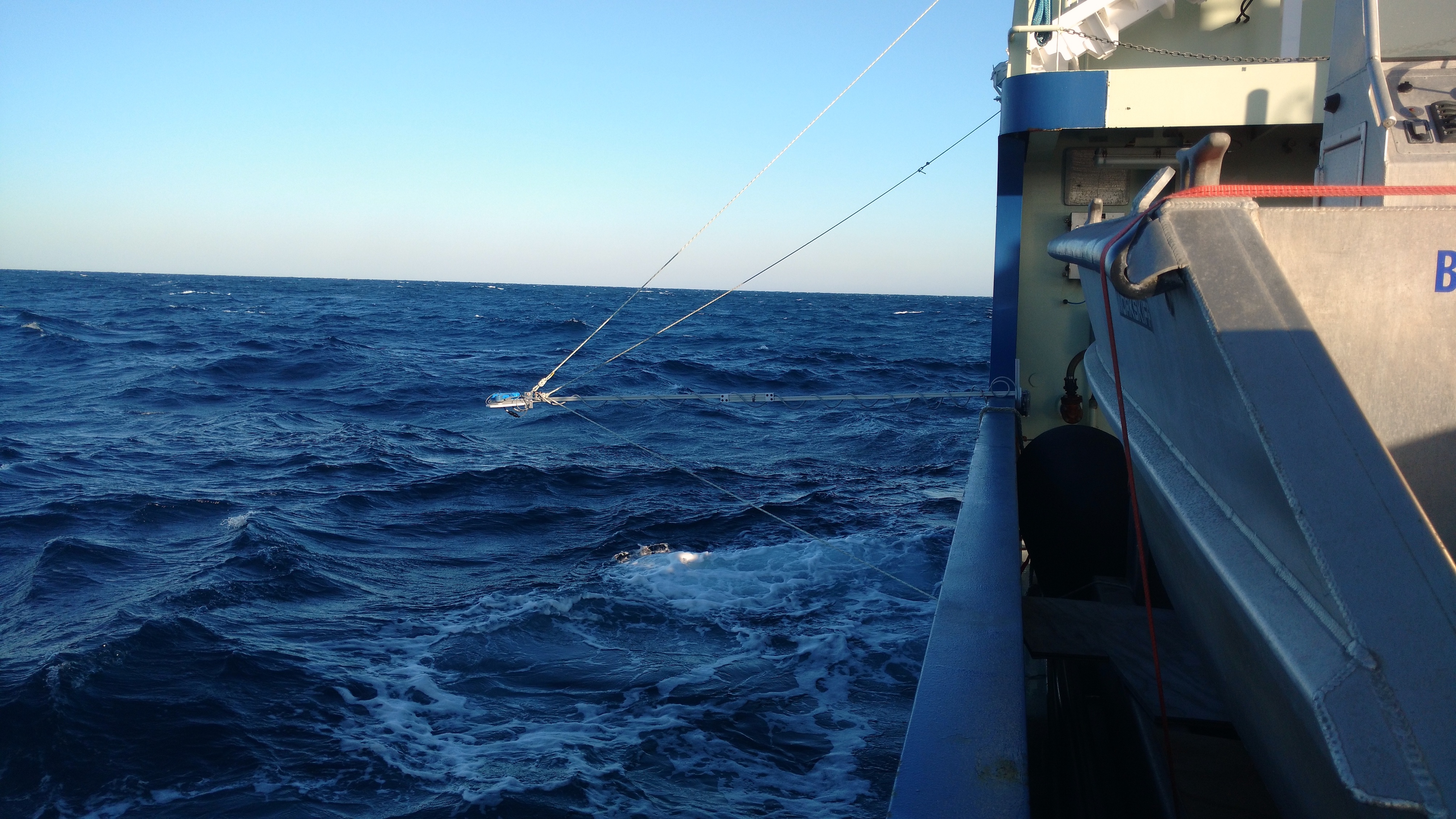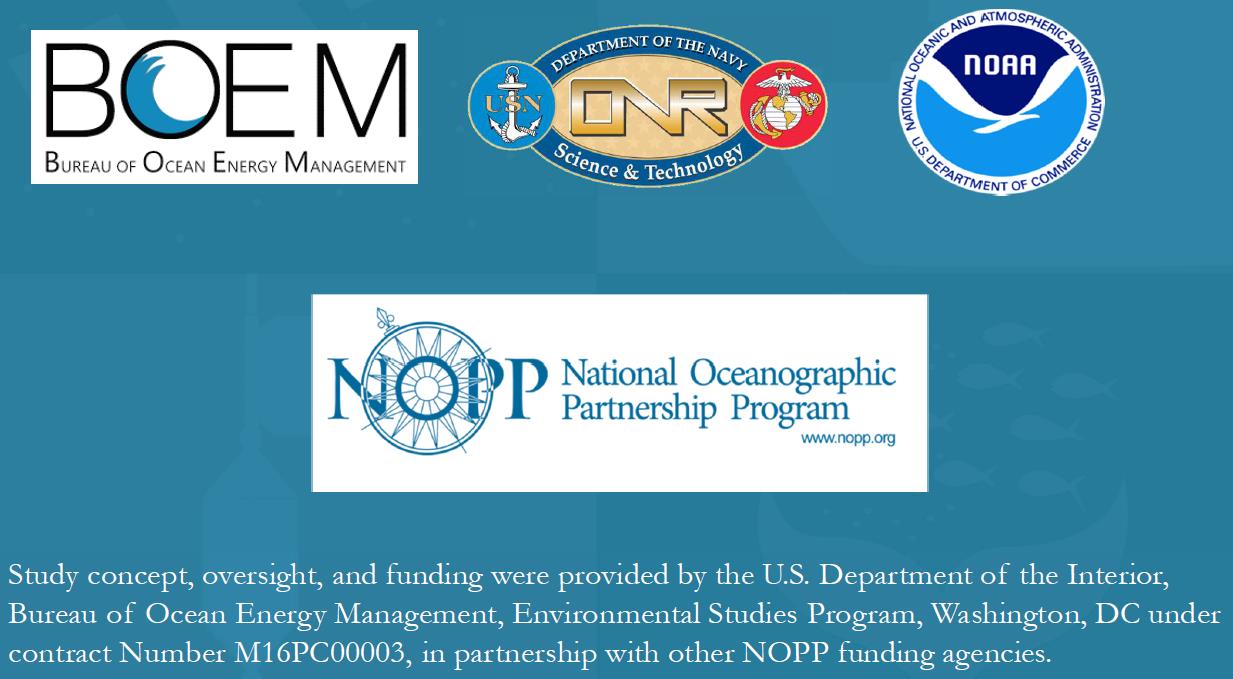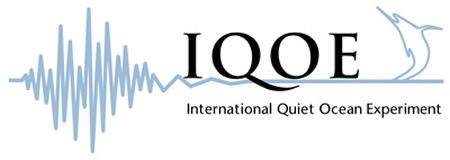Yesterday afternoon the team deployed the fourth bottom lander at the Savannah Deep site. Carmen Lawrence of JASCO verified that it landed on the bottom flat by communicating with an acoustic transceiver on the vessel. The lander is actually able to “talk” back and say whether it is upright or tilted through a series of beeps and tones like Morse Code. Much to everyone’s relief, it let us know that it was upright and doing well. This was the fourth successful lander deployment with all four landing in an upright position.
Today's blog is written by Calder Robinson, undergraduate student at Dalhousie University, Halifax, Nova Scotia, Canada.
As a fourth year undergraduate honours student from Dalhousie University the opportunity to take part in an oceanographic cruise is pretty much unparalleled, it being the formative experience of the degree. Even more so, the opportunity to conduct your own experiments and collect your own data, using a sensor you designed and built is probably the best thing that can happen to a fourth year undergraduate in this field. It’s an incredible chance to learn from the variety of experts on the vessel, offering insights and tips to improve the scientific methods; not to mention answering all of my questions since they are on a 230’ boat and can’t run away for long. All of this happening while I take a trip from the cold north down to the warm sunny coasts of Florida? Life can’t get much better!
I study waves; the ones that appear on any body of water with any kind of wind. More specifically, how these waves affect sound travelling underwater. As sound moves along, it bounces of the seafloor and the underside of the surface, like light off of a mirror. Light off of a smooth mirror gives a clean reflection; if the mirror starts moving and changing shape, the quality of the reflection goes down substantially, exactly as occurs with sound in the ocean. My work on the cruise complements that of Kevin Heaney (OASIS), who is studying sound propagation. He measures the sound loss as a signal moves through the water, and I measure the waves at the same time. Hopefully we can see some kind of pattern between the two! The sensor I built is called the “Single Point Interface Roughness Inferring Transducer”. It’s a mouthful, so SPIRIT for short. The acronym definitely came second.

|


